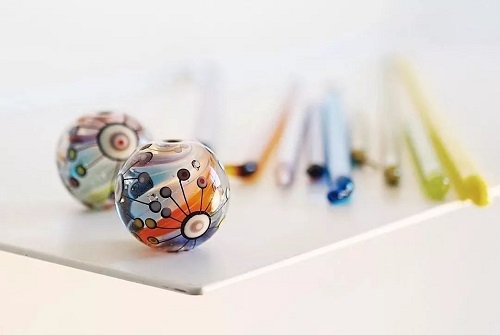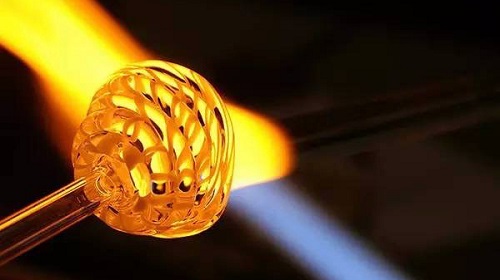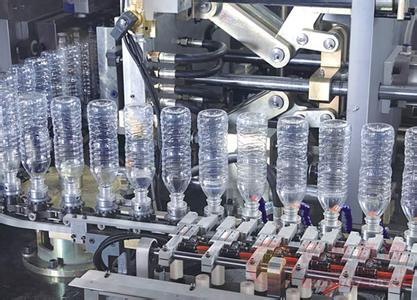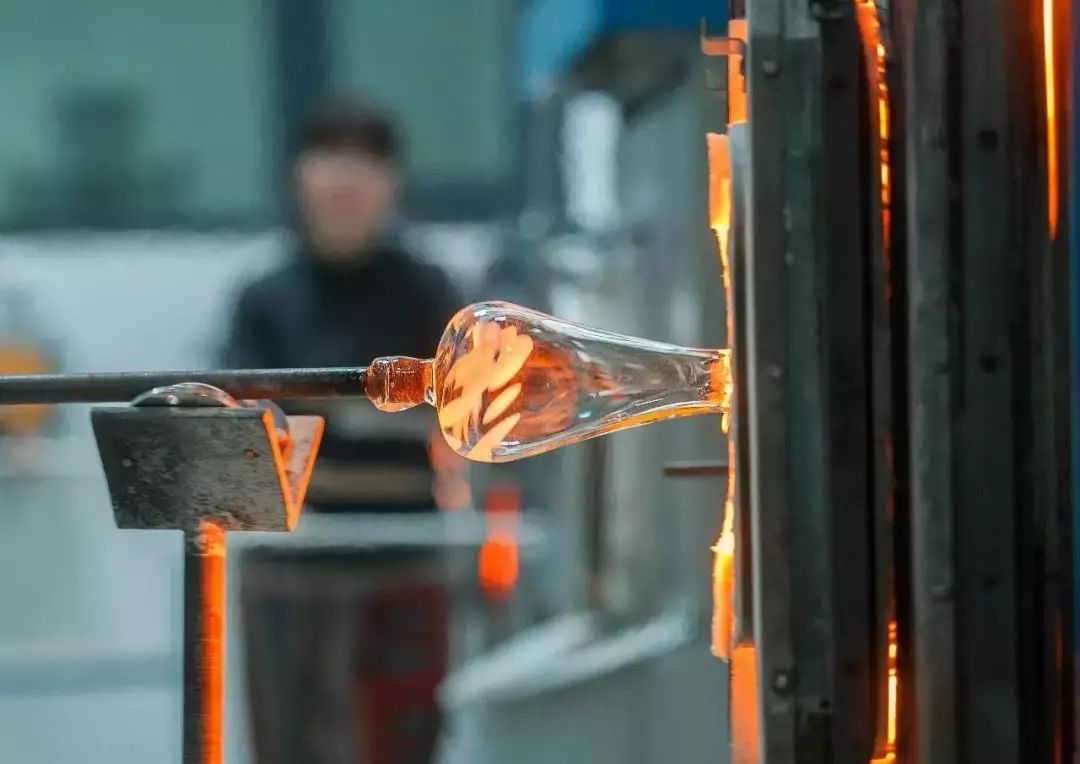What are the types of glass lamp technology
The variety of glass materials, superior performance and good quality, not only can be used as decoration, but also has a wide range of durable functions. Glass partitions and car windows should be used as home. Smooth, flat, pure and bright, all walks of life need it. Glass is a popular decorative material now. It will be used for building interior decoration and outdoor glass curtain wall. Let's have a look at the production methods of lamplight glass and the types of lamplight processing technology.
1、 How is the lampwork glass made

The glass lamp worker uses glass tube as the base material, and after local heating on the specially used blowtorch flame, uses its thermoplasticity and hot melt to bend, blow, press, weld and other processing and forming technologies. It is a molding method for secondary thermal processing in the production of glass instruments and glass products, such as glass thermometer, thermos, bulb, syringe, ampoule, tube bottle, electric vacuum device, etc.
The main equipment for glass lamp workers is blowtorch with regulating valve. The mixed gas with pressure, such as gas-air, gas-oxygen or hydrogen-oxygen, is sent into the blowtorch to spray flame at different temperatures. Common operating tools include iron pliers, clamps, carbon rods, perforated steel needles, piston pliers, air blowing tools, measuring tools, and fire-resistant appliances that make the flame become flat and narrow. Most glass lamp workers adopt manual methods. Large products are processed by lamp workers' lathe, and products produced in batches are mechanically operated by special machine tools.
2、 What are the types of glass lamp technology

According to the processing object, there are three basic types of lamp work.
① Glass deformation processing. Heat and soften the glass, and use external force and air blowing in the inner cavity to operate, such as bending, blowing, drawing, flanging, sealing the bottom of the pipe, etc. The processing of the spherical core of the condenser tube, the snake-shaped core, the round bottom of the thermos, and the round bottom of the test tube flap belongs to this example.
② The glass parts are welded to each other. After the glass is fused, it is welded and shaped, and fused into a whole, such as butt joint of glass pipe fittings, T-joint, ring joint of inner and outer pipe sleeves, etc. It is safer to weld the same kind of glass. If the thermal expansion coefficient of the products welded by different kinds of glass is too different, the shrinkage difference will occur when the products are cooled after welding, resulting in the structural stress caused by the volume effect. When the stress exceeds the strength of the glass, it will lead to cracking. The welding of quartz glass and ordinary glass belongs to this example. The solution is to use several glass with progressive thermal expansion coefficient as the intermediate transition glass. In general, the difference of thermal expansion coefficient between the two glasses should be less than 6 × 10-7/℃。
③ Glass parts are welded with metal. Try to use glass and metal with close thermal expansion coefficient for matching sealing. When the difference of thermal expansion coefficient between the two is too large, the intermediate transition glass, soft metal wire or thin foil can be selected for unmatched sealing with the glass, and the structural stress generated at the sealing point can be compensated by metal deformation.


